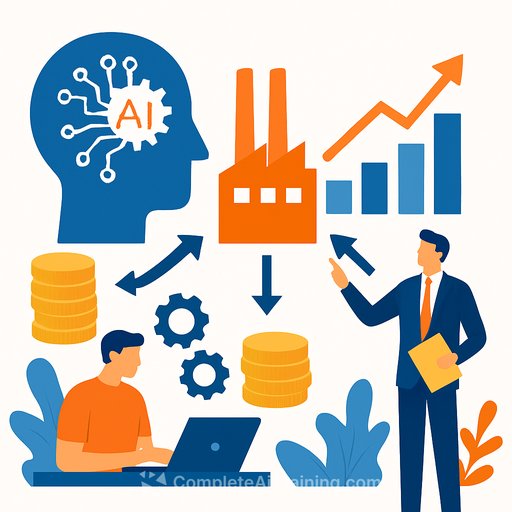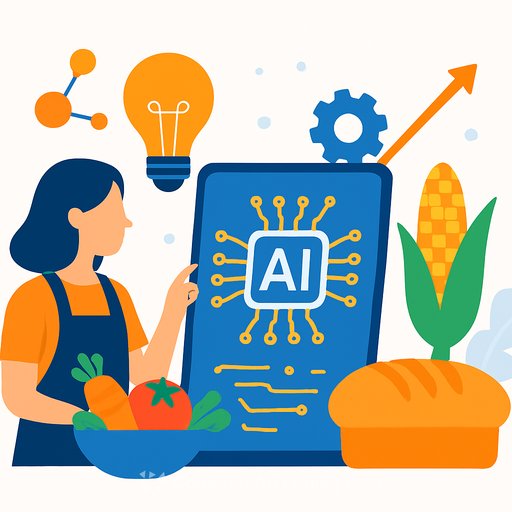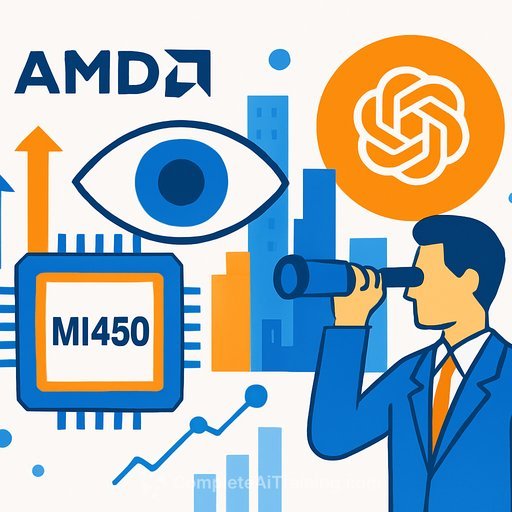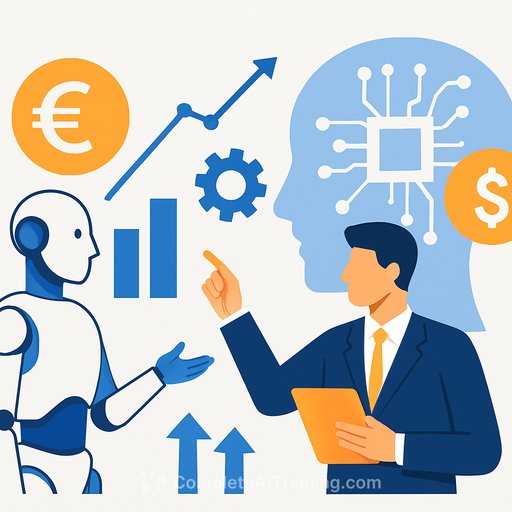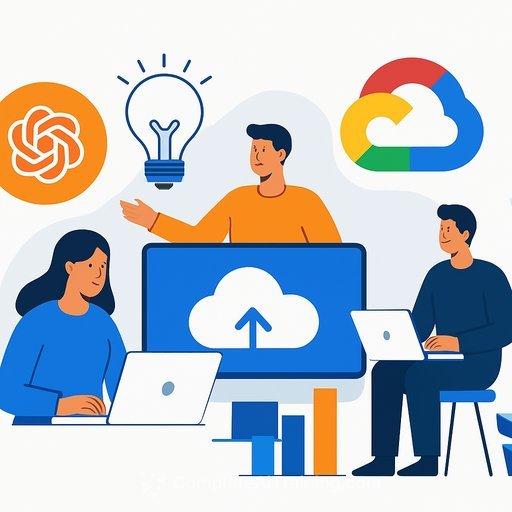The AI-Driven Workforce Shift: What Product Developers Need to Know About Corporate Leanization
By 2025, artificial intelligence (AI) has moved beyond pilot projects and become a core part of how companies operate. It’s reshaping workflows, automating routine tasks, and optimizing workforce productivity. For product developers, this means new tools, faster innovation cycles, and changing team dynamics. For investors, it means identifying companies that use AI to streamline operations without sacrificing long-term sustainability.
From Experimentation to Core Strategy
AI is no longer an optional tech experiment. Over 90% of Fortune 500 companies have integrated AI, and most plan to boost their investments. Yet, less than 2% consider themselves fully mature in AI deployment. The companies that succeed see AI as a strategic asset—not just a cost-saving tool.
Agentic AI systems, like Salesforce’s Agentforce, can autonomously handle complex tasks such as product launches and marketing campaigns. These tools support human workers rather than replace them, creating hybrid teams where AI handles repetitive or data-heavy work and humans focus on creativity and judgment.
AI as a Productivity Multiplier
In tech product development, AI models such as Google’s Gemini 1.5 and OpenAI’s GPT-4 are speeding up prototyping and enabling real-time data integration. This shortens development cycles and allows teams to deliver more personalized products.
Tesla’s AI-driven manufacturing and autonomous vehicle testing demonstrate how AI cuts costs and compresses timelines. In finance, AI tools help reduce fraud detection times and improve risk modeling, directly affecting customer trust and company valuations.
For labor-intensive industries like manufacturing and retail, AI is a double-edged sword. Automation boosts efficiency but demands workforce reskilling. Companies like Amazon combine AI-driven robots with human workers to set new standards in operational balance.
Sector-Specific Insights
- Technology: Focus on firms investing heavily in AI infrastructure—cloud platforms, data science teams, and scalable models. Watch for governance gaps that could expose companies to cybersecurity risks.
- Financial Services: AI is vital for real-time data analysis and risk management. Firms with transparent AI ethics policies, like JPMorgan’s guidelines, appeal to cautious investors.
- Labor-Dependent Industries: Efficiency gains come with workforce challenges. Favor companies prioritizing “human-centric AI,” such as those offering AI-driven training programs like AT&T.
Challenges Ahead: Governance, Sustainability, and Workforce Readiness
More than half of employees worry about AI accuracy and security, signaling a need for strong governance. AI also consumes significant energy, especially when training large models—making sustainability a growing concern.
Workforce readiness is key. Although 94% of employees use AI tools daily, only 30% receive formal training. This gap risks poor adoption and misuse, reducing ROI. Companies investing in upskilling—like Microsoft with its AI certification programs—are better prepared to benefit in the long run.
Practical Investment Advice for Product-Focused Professionals
Focus on companies that:
- Have mature AI strategies with clear productivity gains.
- Maintain transparent AI governance and ethical frameworks.
- Commit to sustainability, including green AI initiatives.
- Invest in workforce training to ensure smooth AI adoption.
In tech, look for firms leading in AI infrastructure—NVIDIA and AMD stand out. In financial services, AI-native platforms like Stripe or digitally advancing banks offer potential. For labor-heavy sectors, companies combining AI with employee development—such as Unilever—are good bets.
Conclusion: Preparing for the AI-Integrated Future
AI is changing how products are developed and delivered. The most successful companies will balance innovation with responsibility—focusing equally on technology, people, and sustainability. For product developers, understanding and leveraging AI as a collaborative partner will be essential to staying competitive.
To learn more about AI tools and training that can help you stay ahead, explore Complete AI Training’s latest AI courses.
Your membership also unlocks:

